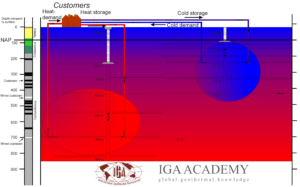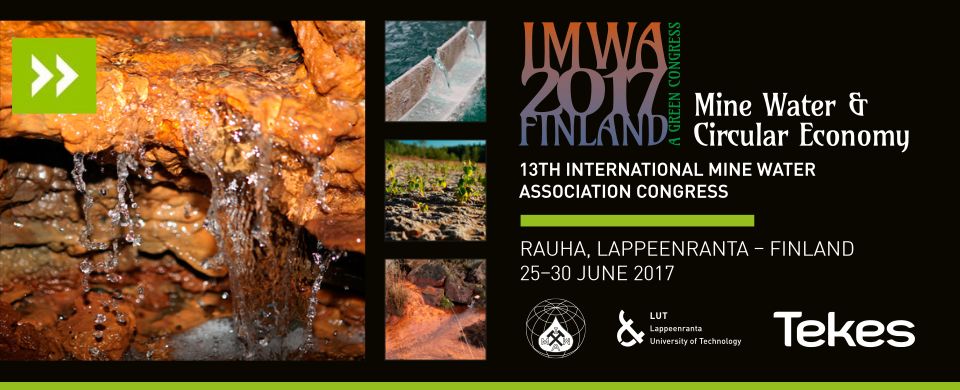Florian Hahn, René Verhoeven, Felix Jagert, Virginie Harcouët-Menou, Gregor Bussmann
 Minimum 3, maximum 20 delegates
Minimum 3, maximum 20 delegates
Regular € 290/310 Students € 200/220
The fundamental restructure process of the energy supply system in Europe represents an immense technological and economical challenge. The European Union relies on an intensified use of renewable energies and improved energy efficiency. The transition to a sustainable energy supply requires the existence of large electrical as well as thermal storage capacities. Furthermore, a flexible management of power, heating and cooling grids and a varied range of storage technologies is crucial to maximize the potentials of volatile, renewable energy sources. Thus, the development of innovative storage technologies as well as the use of sustainable low grade heat and cold sources are essential to expand the use of renewable energy sources. In this context, the utilization of mine water as a geothermal resource and/or as a thermal energy storage has the potential to play a key role to reach the ambitious climate goals set by the EU. Indeed, mine water can typically be used for applications such as heating and cooling of buildings and for thermal energy storage. Flooded mines represent large low temperature geothermal reservoirs. Although, mine water temperature is generally too low to be used for direct heating, it is well suited to be combined with heat pumps and can be used for direct cooling. In addition, mine water provides the large-scale seasonal heat/cold storage capacities required to enable the development and dissemination of renewable energy systems and the improvement in energy efficiency of conventional energies. As an example, abandoned mines can be used as seasonal storage reservoirs for high temperature industrial surplus heat, which is produced during the summer and could be utilized in the winter months for heating purposes of commercial and/or residential areas.
This short course in intented for mining professionals working on the reutilization of existing mine infrastructures, public authorities, university and research institutions.
Key focus areas
- Presentation of the Minewater Heerlen project: Development of a (Geo-) thermal smart grid in the Netherlands: René Verhoeven
- Current status on the development of high temperature seasonal heat storage capacities in abandoned coal mines in North Rhine-Westphalia, Germany: Florian Hahn
- Methodology of a mine water potential study for the estimation of the regional capabilities of renewable energies for North Rhine-Westphalia, Germany: Gregor Bussmann
- Hydrogeochemical evolution and modelling of mine water under high temperature conditions using PHREEQC (version 3): Felix Jagert
- Capacity assessment, introduction to heat/cold transport and mine water flow modelling using EPANET: Virginie Harcouët-Menou
This workshop aims at raising awareness on the possible transition from an abandoned mine to its transformation into a valuable energy source or storage reservoir. Participants should get a grip on the vast potential of reutilizing abandoned mines for geothermal purposes and/or for thermal energy storage based on current and future projects. Also, the participant will gain an insight into hydrogeochemical and numerical modelling of mine water projects. This workshop will enable decision makers on prospecting abandoned mining infrastructures for a possible geothermal/storage reuse in their area.
Information packages about current and future mine water projects, as well as mine water analysis for PHREEQC (version 3) simulations, are going to be distributed. After successful completion of the course, a certificate of achievement of the International Geothermal Association (IGA) Academy is going to be handed out to the participants.
